In this comprehensive guide, we’ll explore some of the most admired evergreens that thrive in these frosty conditions, giving you insights into their characteristics, care, and ideal uses in your garden.
Bearberry (Arctostaphylos uva-ursi)

Also known as kinnikinnick, Bearberry is a low-growing, evergreen shrub that is perfect for covering barren spaces in your landscape. Tremendously resilient, Bearberry can handle sandy or rocky soils very well, making it an ideal choice for those tricky areas. This hardy plant features leathery, glossy leaves that provide densification throughout the year. In the spring, delicate pink to white flowers bloom, followed by small red berries that attract various birds.
Bearberry thrives in full sun to partial shade and requires very little water, which makes it a perfect candidate for xeriscaping. Its mat-forming habit helps stabilize soil and reduces erosion, making it both functional and aesthetic. When planting Bearberry, consider using it as ground cover under taller evergreens for a stunning layered look.
Canada Hemlock (Tsuga canadensis)
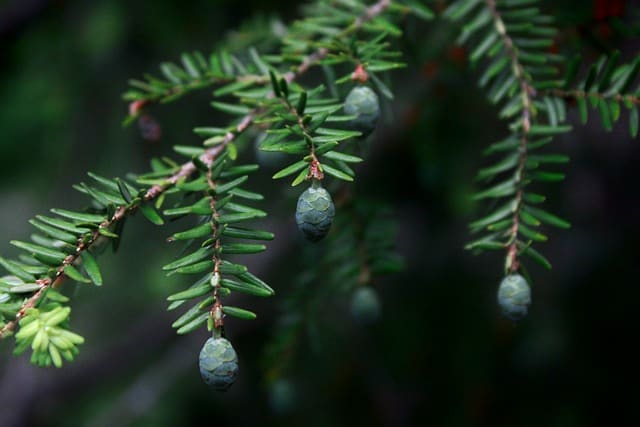
Canada Hemlock is a beautiful and versatile evergreen that thrives in Zone 3. It has a graceful, weeping habit that can add softness to your landscape. Known for its fine, feathery needles, this tree creates a lush, textured appearance that can serve as a wonderful contrast to the broader foliage of other evergreens. Canada Hemlock can grow to heights of 40-70 feet (12-21 meters) and features a rounded crown.
These trees are excellent for both shaded and slightly sunny spots and prefer moist, well-drained soil. Their historical significance as a timber species showcases their durability, while their dense foliage provides excellent privacy or windbreaks. Canada Hemlocks also support local wildlife, providing habitat for birds and small mammals, which are drawn to these trees for shelter and nesting.
Blue Holly (Ilex meserveae)
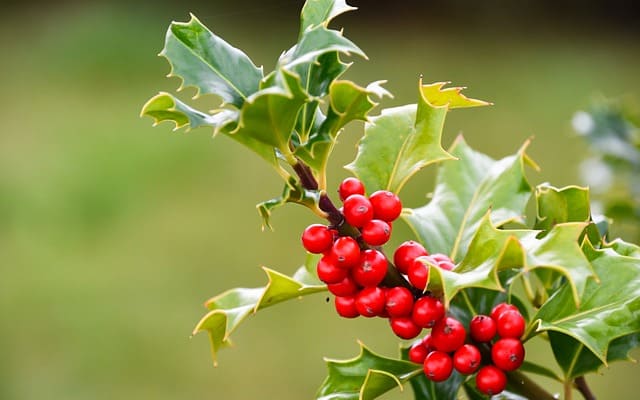
If you’re looking for vibrant color and a touch of ornamental flair, Blue Holly is an excellent choice for Zone 3 landscapes. Its striking, serrated leaves are glossy and deep green, displaying a pronounced blue tint that’s truly unique. This holly is typically dioecious, meaning that both male and female plants are necessary for berry production. The female specimens will produce bright red berries in the fall and winter, offering a stunning contrast against the snow.
Blue Holly thrives in full sun to partial shade and adapts to a wide range of soil types, making it a versatile addition to any garden. It also has a compact growth habit, making it suitable for borders or foundations. This evergreen is not just a lovely visual asset; its berries provide a food source for birds during the harsh winter months, ensuring that the ecosystem in your yard remains vibrant even in the coldest seasons.
American Arborvitae (Thuja occidentalis)
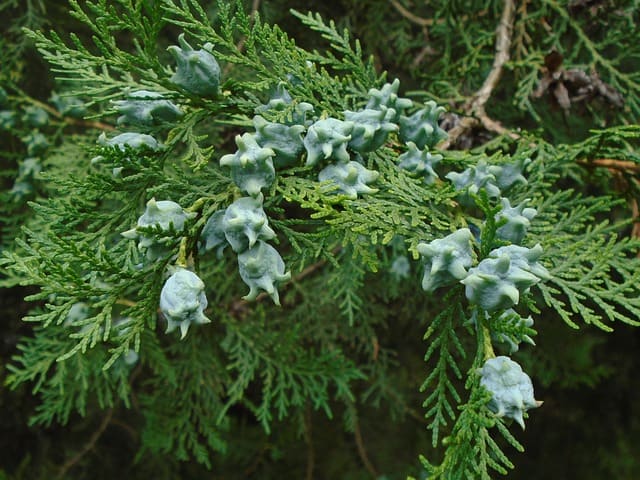
American Arborvitae is one of the most popular evergreen choices for cold climates. Recognized for its conical shape and hearty growth, this tree can reach heights between 15 to 60 feet (4.5 to 18 meters), depending on the variety. Its lush green foliage is flattened and scaly, providing a soft texture that’s pleasing to the eye.
This hardy evergreen is especially sought after for privacy hedges and windbreaks, given its dense branching habit. The American Arborvitae is adaptable to many soil types and can thrive in both full sun and partial shade. With minimal care, these trees can last for generations, providing year-round greenery and habitat for wildlife. While not as showy as some other evergreens, its understated elegance makes it a staple in many cold climate gardens.
Creeping Juniper (Juniperus horizontalis)
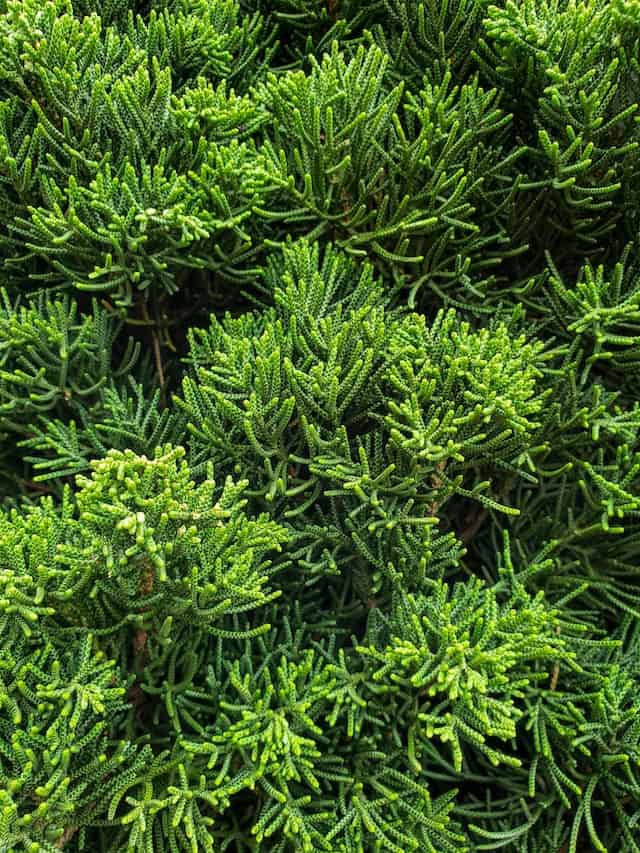
Creeping Juniper is a low-growing evergreen that works wonderfully as ground cover. Its sprawling, mat-like form is perfect for erosion control on slopes or in rock gardens. This adaptable shrub can withstand varying soil types, including poor and sandy conditions. Creeping Juniper showcases both beautiful color and texture, with shades of green in summer that can morph into purples and bronzes in the winter.
This evergreen is drought-resistant once established and requires minimal maintenance, making it an ideal choice for busy gardeners. It’s a fantastic option for creating contrast with taller plants or bright rock features. Additionally, its dense, low-growing branches provide shelter for various wildlife, supporting the biodiversity in your landscape.
Eastern Red Cedar (Juniperus virginiana)
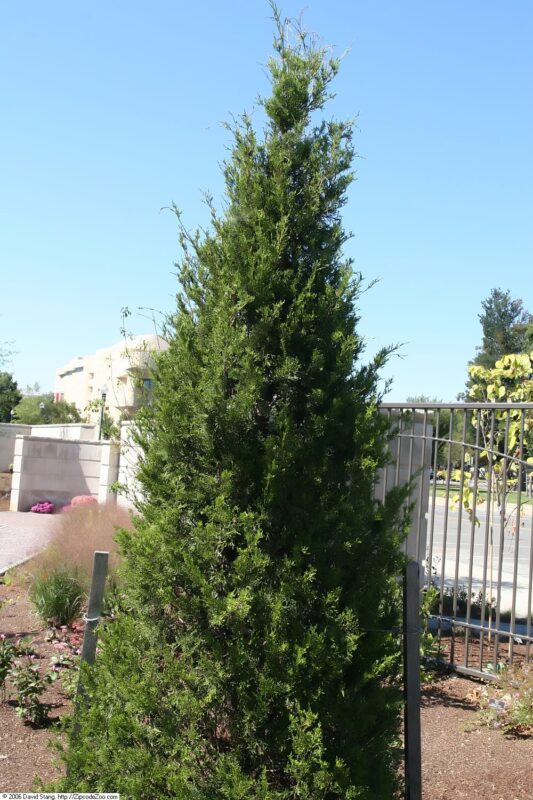
Eastern Red Cedar is not actually a true cedar, but it’s undeniably a standout in any Zone 3 garden. This evergreen can grow as a large shrub or a full-sized tree, reaching heights of up to 40 feet (12). It features aromatic, foliage and attractive reddish-brown bark that contributes to its charming character.
This tree is incredibly hardy and drought-tolerant, thriving in a variety of soil types and conditions, including urban environments. Its dense foliage serves as a great windbreak and provides excellent nesting sites for birds. Eastern Red Cedar is also known for its longevity and resistance to pests and diseases, making it a reliable choice for any garden. Whether you choose to use it as a specimen tree or as part of a mixed landscape, it will add a rich, natural essence to your space.
Japanese Yew (Taxus cuspidata)
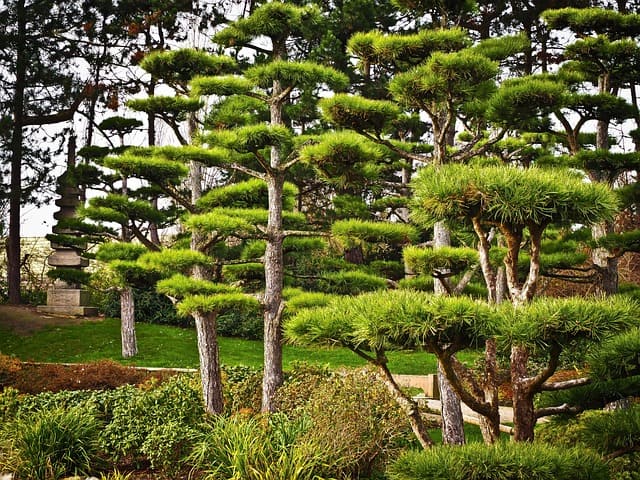
The Japanese Yew is a striking evergreen shrub that’s known for its dramatic, dark-green needles. This hardy plant can grow as a small tree or a large shrub, typically reaching heights of 10 to 20 feet (3 to 6 meters). Japanese Yews are incredibly shade tolerant, making them ideal for darker corners of your yard. They prefer well-drained soil and can adapt to both alkaline and acidic conditions.
One of the distinct qualities of the Japanese Yew is its berries—though such seeds are poisonous, the fleshy arils surrounding them are alluring and attractive to birds. This evergreen can be shaped through pruning, allowing for versatility in garden design. Whether used as a hedge, specimen tree, or as part of a woodland garden, Japanese Yew evokes a classic sense of elegance and formality.
Balsam Fir (Abies balsamea)
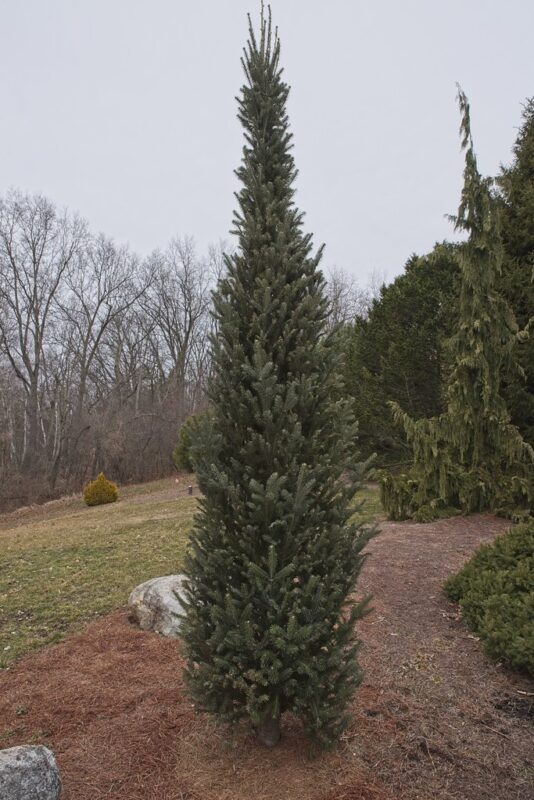
Balsam Fir is a quintessential North American evergreen known for its pleasant fragrance and symmetry. This tree can reach heights of 40 to 70 feet (12 to 21 meters) and is an iconic symbol of wintertime, as it’s popularly used in holiday traditions. With its dense, dark green needles and a pyramidal shape, Balsam Fir is a visual standout in any landscape.
Growing ideally in well-drained, rich soil, Balsam Fir prefers full sun but will tolerate partial shade. It also provides excellent wildlife habitat, attracting a variety of birds and small mammals. The scent of fresh Balsam Fir can fill your garden with a refreshing aroma, evoking a sense of peace that many gardeners cherish. Whether planted as a stunning focal tree or as part of a group for a forested effect, this evergreen is an all-time favorite.
White Pine (Pinus strobus)
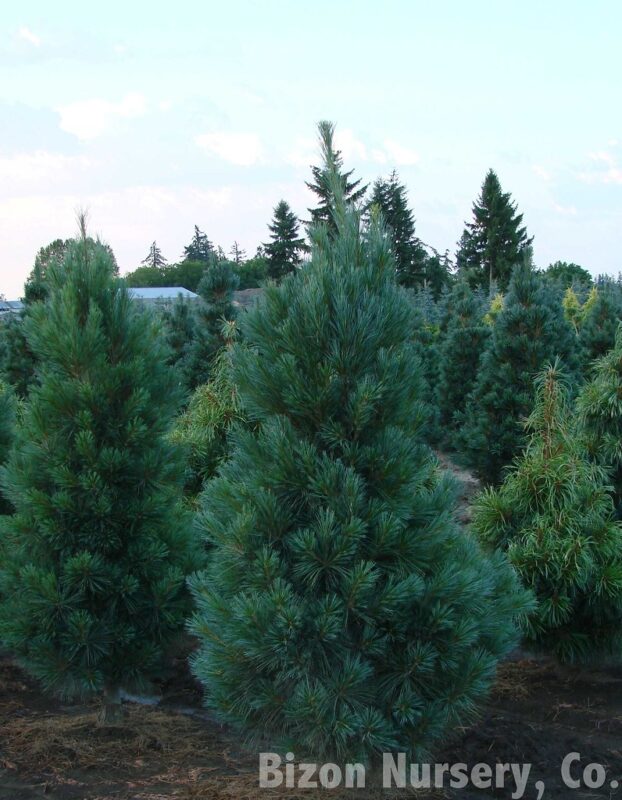
White Pine is a majestic tree that can soar to over 80 feet (24 meters) in height, making it a significant addition to any landscape in Zone 3. Its long, soft needles grow in clusters of five and create a graceful, sweeping appearance. White Pines are adaptable to various soil conditions and thrive in full sun to partial shade, delivering year-round foliage.
This evergreen has a reputation for rapid growth and resilience to pests, making it a popular choice for reforestation and ornamental purposes alike. Additionally, its open, airy structure allows light to filter through, providing a unique play of shadows in your garden. White Pine also attracts various wildlife species, including small mammals and birds, that rely on its seeds for sustenance during the winter months.
Douglas Fir (Pseudotsuga menziesii)
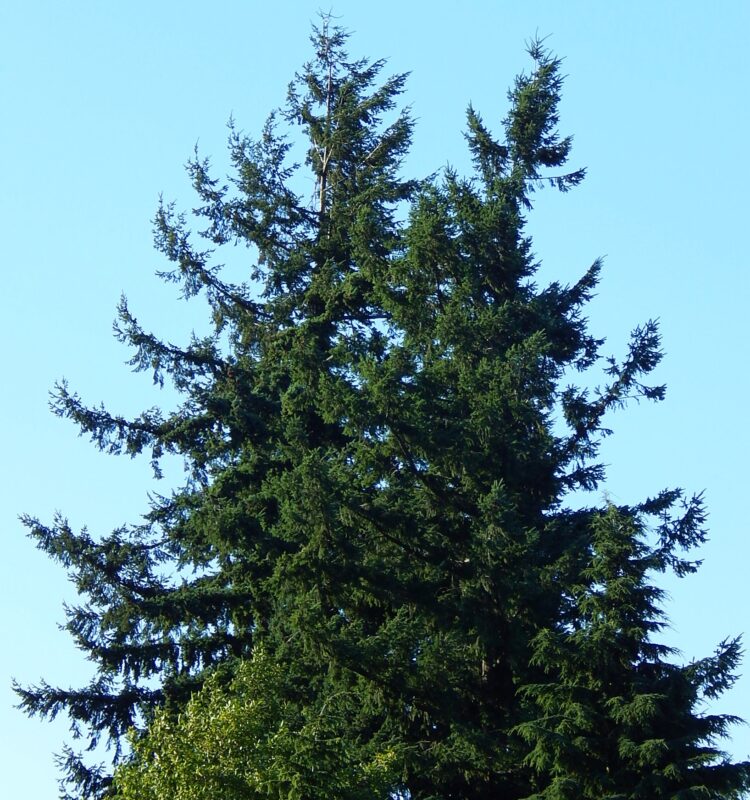
Douglas Fir is one of the most beloved evergreen trees in temperate climates, renowned for its robust structure and lush, soft needles. Grown primarily for timber production, Douglas Fir can reach heights of 40 to 80 feet (12 to 24 meters), making it a notable landscape presence. Its distinctive, conical shape and rich green foliage make it a stunning specimen tree in home gardens.
This evergreen is particularly resilient and performs well in a variety of soil types, requiring full sun for optimal growth. Douglas Fir also possesses a remarkable ability to withstand heavy snowfall, making it ideal for winter wonderlands. Wildlife appreciates it too, as the seeds are a staple food source for many birds and small mammals. Planting a Douglas Fir in your garden ensures you’ll have a timeless tree that adds majesty to any yard.
Youngston Juniper (Juniperus scopulorum ‘Youngstown’)
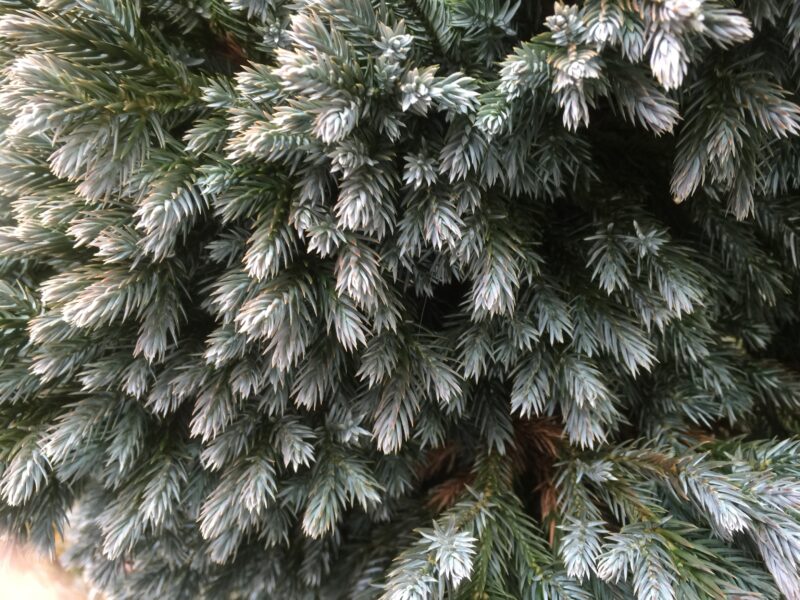
Youngston Juniper is a smaller evergreen shrub that adapts beautifully to rocky or sloped landscapes. Its compact form, growing to a height of only 3 to 5 feet (1 to 1.5 meters), makes it a perfect choice for low hedges or borders. The foliage is dense and retains blue-green hues, adding exciting color to the winter garden.
This drought-tolerant plant thrives in well-drained soil and full sun, making it an excellent selection for low-maintenance gardens. Youngston Juniper’s natural resistance to pests and diseases adds to its charm as a low-maintenance landscaping option. Its evergreen nature ensures that it remains vibrant year-round, providing a reliable green backdrop to your garden design.
Bar Harbor Juniper (Juniperus horizontalis ‘Bar Harbor’)

Bar Harbor Juniper is a wonderfully ornamental evergreen shrub known for its stunning color contrast and lush habit. This low-growing ground cover typically reaches a height of about 1-2 feet (0.3-0.6 meters) while spreading impressively across the landscape. The foliage transitions from vibrant green to bluish hues as winter approaches, providing an aesthetic appeal in all seasons.
This hardy juniper is well-suited for rock gardens, sloping landscapes, and areas that need erosion control. Bar Harbor Juniper thrives in well-drained soils and requires full sun to maintain its best coloration. Additionally, it brings a touch of wildlife-friendly charm to your garden, as its dense coverage serves as shelter for small creatures. This adaptable plant will thrive in your garden while offering a beautiful, evergreen display.
Conclusion
Creating a thriving garden in USDA Hardiness Zone 3 may require extra considerations, but the reward is a stunning array of evergreen landscapes that remain vibrant year-round. The evergreens mentioned in this guide—such as Bearberry, Canada Hemlock, Blue Holly, and others—are specifically chosen for their hardiness in colder climates and unique features.





